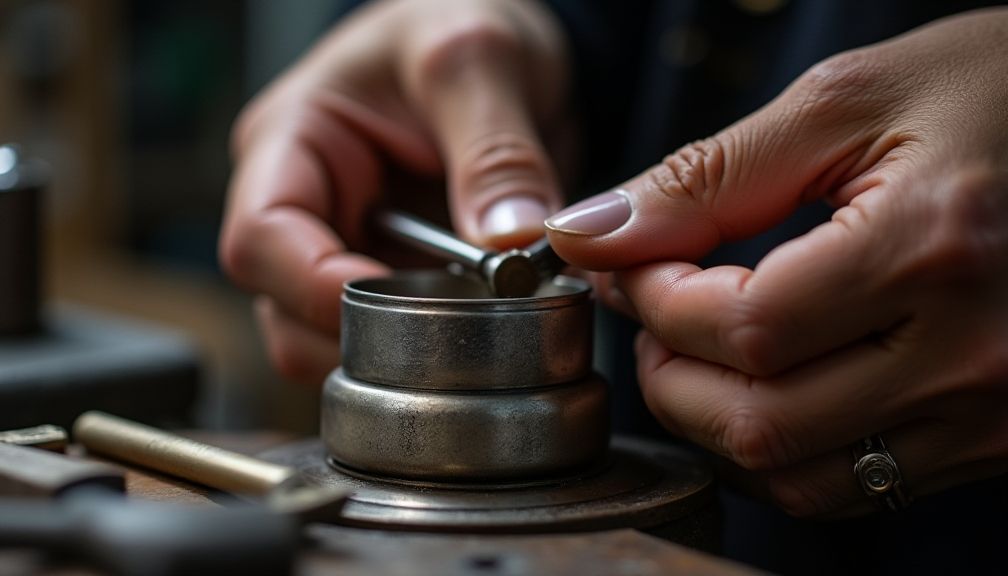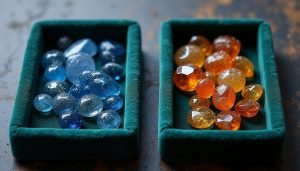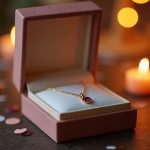Handcrafted jewelry has been a cherished form of art for centuries, and its allure continues to captivate countless individuals today. But what exactly makes this type of jewelry so valuable? Is it the materials used, the craftsmanship involved, or the emotional resonance it evokes? In this blog post, we will dive deep into the aspects that heighten the value of handcrafted jewelry, exploring its uniqueness, the artistic processes behind its creation, and its personal significance to wearers.
The Essence of Uniqueness
One of the major appeals of handcrafted jewelry lies in its uniqueness. Unlike mass-produced pieces, each handcrafted item is one-of-a-kind due to the individualistic approach of the artisan. No two pieces are exactly alike, making each piece a personal statement and a reflection of the wearer’s identity.
The distinction in design originates from the artisan’s inspiration, process, and choice of materials. Whether it’s the selection of gemstones, metals, or the incorporation of various crafting techniques, every aspect contributes to the individuality of the piece. This uniqueness often translates into higher value, as collectors and enthusiasts are more inclined to invest in items that stand out and tell a story.
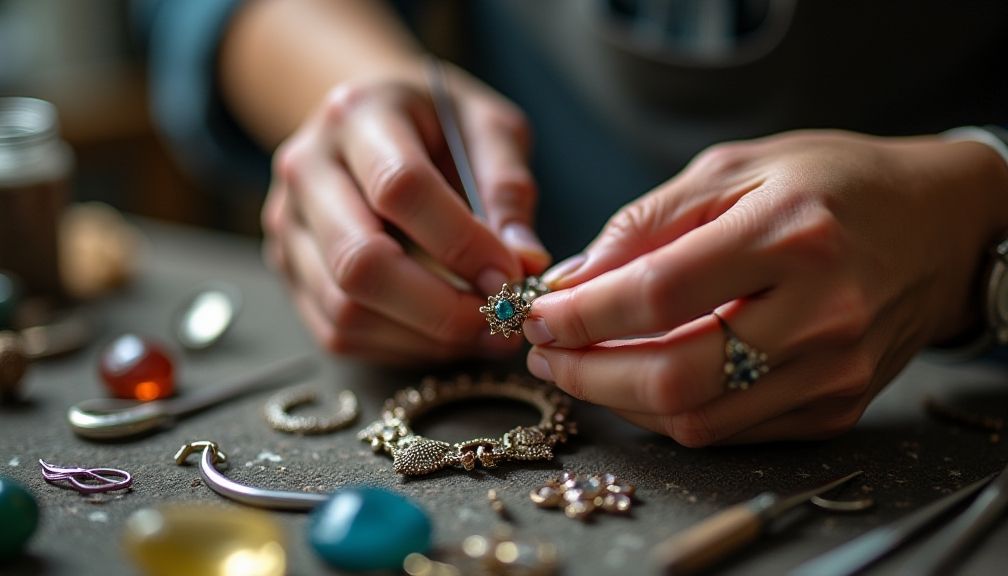
Artisan Craftsmanship
The level of skill involved in crafting handcrafted jewelry cannot be understated. Artisans often spend years honing their craft, learning techniques passed down through generations or inventing new methods to bring their visions to life. This investment of time and expertise significantly increases the value of the jewelry they create.
From the initial design sketch to the final touches, each piece undergoes a meticulous process. Artisans understand the importance of form, balance, and aesthetics. They pay careful attention to detail, ensuring that every angle and facet of the jewelry serves a purpose. This dedication to craftsmanship is what differentiates handcrafted jewelry from factory-made alternatives.
Quality of Materials
Another factor that elevates the value of handcrafted jewelry is the quality of materials used. Many artisans prioritize ethically sourced and high-quality materials over mass-produced or low-grade alternatives. The choice of materials—be it precious metals, rare gemstones, or reclaimed materials—can greatly affect the piece’s intrinsic value.
Ethical sourcing is increasingly important to consumers today, which has further driven the demand for handcrafted jewelry. Materials often come with a story that can invoke emotional connections. The use of ethically sourced gemstones not only adds to the beauty of the jewelry but also reassures buyers that they are making responsible purchases.
Emotional Connection and Personal Significance
Handcrafted jewelry often carries a sentimental value that is hard to quantify. It may mark special occasions, such as anniversaries, births, or milestones, serving as a reminder of cherished moments. The personal significance attached to a handcrafted piece can resonate deeply with its wearer, allowing them to form a unique bond with the jewelry.
Moreover, handcrafted jewelry can be customized or personalized, making it an even more valuable gift. Whether it’s engraved initials, a birthstone, or a design that reflects someone’s personality, customized jewelry allows for a more intimate connection. This emotional aspect often drives buyers to pay a premium for these unique pieces.
Sustainability and Ethical Practices
As the world becomes more conscious of sustainability and ethical considerations, handmade jewelry has taken a forefront position in the conversation. Many artisans are committed to sustainable practices, from sourcing materials responsibly to minimizing waste during the production process.
Further Reading:
This commitment not only aligns with modern consumer values but also elevates the perceived value of the jewelry. Buyers are increasingly willing to pay more for pieces that reflect their values and support ethical practices, making handcrafted options even more desirable.
The Cultural Narrative
Handcrafted jewelry often tells a story, representing cultural narratives and traditions. Different regions and communities have unique styles and techniques that reflect their heritage. By supporting artisans who create handcrafted jewelry, buyers are also preserving these cultural practices.
For instance, Native American jewelry often incorporates traditional symbols and materials native to specific areas. In African cultures, beaded jewelry may carry deep spiritual meanings or denote social status. As consumers become more aware of these cultural dimensions, the value of handcrafted jewelry also increases, as it symbolizes cultural richness and history.
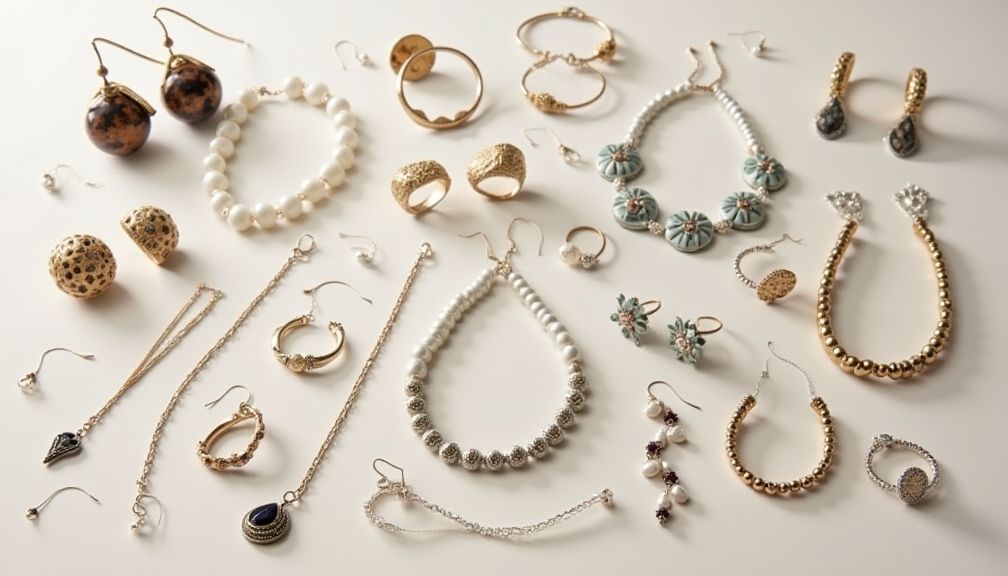
Investment Potential
Lastly, handcrafted jewelry can serve as a sound investment. Unlike mass-produced items that may depreciate over time, unique pieces crafted by skilled artisans often hold or appreciate in value. The growing focus on sustainability and ethical sourcing has also informed buyers to view their purchases as not just adornment, but as potential investments.
Furthermore, the increase in demand for unique pieces means that well-crafted jewelry can become more valuable as trends shift. Collectors and enthusiasts often seek out exceptional pieces that may not be readily available in the market. This trend highlights craftsmanship as not only an art form but also a viable long-term investment.
Conclusion
With all these factors combined, handcrafted jewelry emerges as a multifaceted treasure, steeped in value that goes beyond mere aesthetics. The uniqueness, artisan craftsmanship, quality materials, emotional connections, sustainable practices, and cultural narratives all contribute to the larger picture of why handcrafted jewelry is so valuable.
For those looking to invest in jewelry, handcrafted pieces often provide far more than adornment; they offer stories, memories, and connections that resonate deeply. Whether you are considering a personal purchase, a gift for someone special, or even a future investment, the allure of handcrafted jewelry is undeniable. So the next time you encounter a piece of handcrafted jewelry, remember the value it holds—not just in monetary terms, but in the narratives it weaves and the emotions it evokes.
